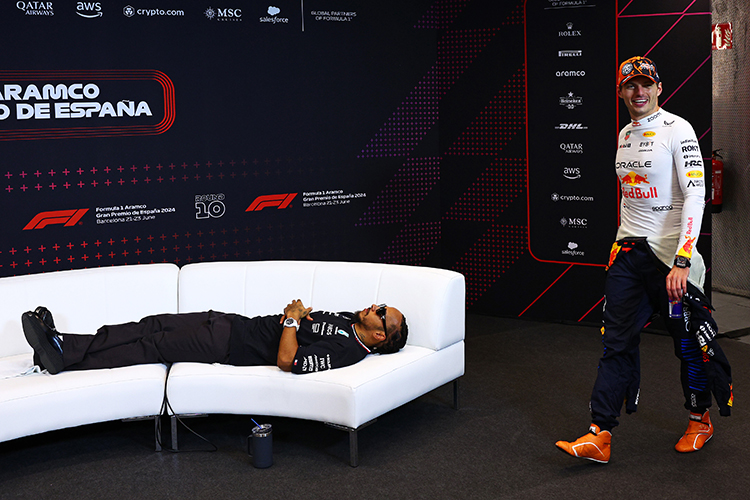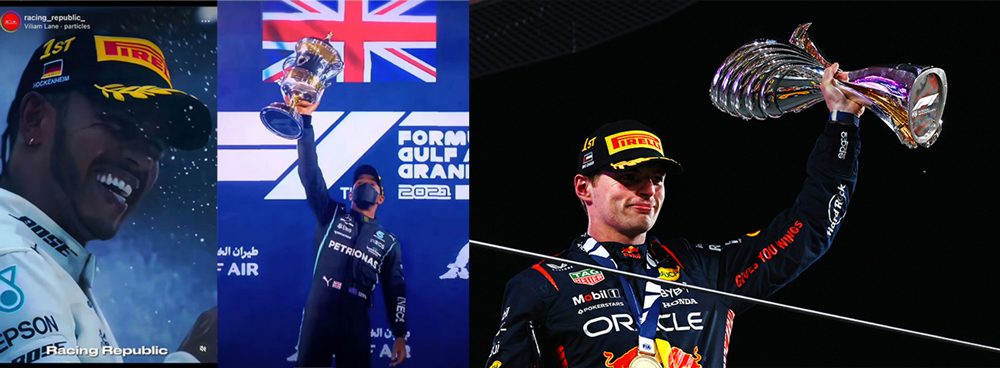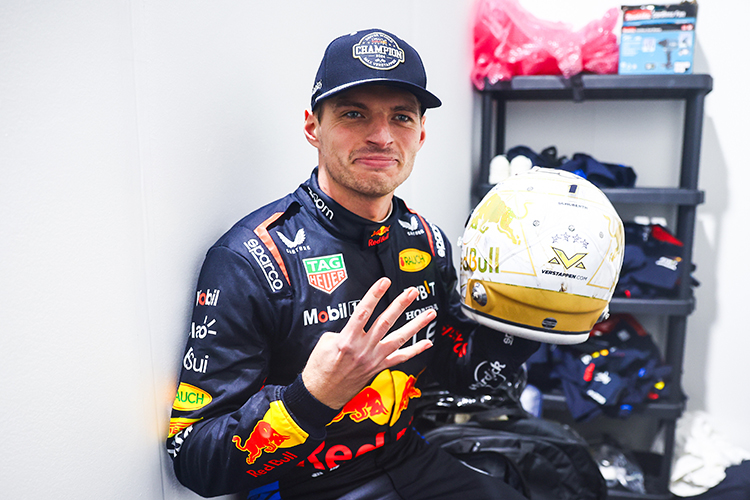F1’s two-stop rule change: will Monaco finally deliver more action?
Monaco Grand Prix Implements Two-Stop Rule to Revive Racing Action
MONACO – The Monaco Grand Prix remains unmatched in glamour and prestige, but its reputation for processional races has long been an unfortunate reality. Tight, unforgiving streets surrounded by looming Armco barriers may provide a stunning visual spectacle, but they also make overtaking almost impossible. With average lap speeds so low and tire degradation minimal, this crown jewel of Formula 1 is more about endurance and precision than true wheel-to-wheel competition.
This year, Formula 1 intends to address the lack of action with a significant tweak to the rules. A mandatory two-stop strategy—requiring drivers to use three different sets of tires during the race—aims to shake things up. Will it pay off, or will the Principality’s circuit prove impervious to change?
Monaco’s Challenges: Spectacle vs Racing Action
Monaco’s tight, twisty layout has barely changed since the first Grand Prix in 1929, and it remains one of the most famous venues in motorsport. The thrill of modern F1 cars flying millimeters from the walls creates an unrivaled sense of spectacle. However, the same factors that make Monaco unique also render overtaking extraordinarily difficult.
The risk-averse approach taken by drivers in Monaco often results in dry races with long stints of cars managing tires, racing far below their true potential. Case in point, last year’s race saw just seven overtakes and ended with the top ten in the exact same positions as they restarted after an early red flag. Ferrari team principal Frédéric Vasseur defended that race, downplaying the criticism:
"I didn’t feel that last year the race was not exciting. For me, it was a good one."
That may be easy for Vasseur to say—Charles Leclerc ended Ferrari’s seven-year winless drought at the Grand Prix—but for neutral observers, the lack of excitement was unmistakable.
Formula 1’s Two-Stop Rule: Strategic Experimentation
In an effort to improve the show, Formula 1’s new rule calls for three tire compounds to be used during the race—effectively mandating two stops. The adjustment aims to do what Monaco’s layout cannot: create opportunities for position changes through strategy. With overtaking on the circuit nearly impossible, pit-stop timing becomes critical.
History underscores the point. In 2021, Sebastian Vettel outmaneuvered Pierre Gasly and Lewis Hamilton simply by pitting later than both, exploiting clear air to emerge ahead. A greater number of pit stops theoretically increases the likelihood of such moments.
McLaren team principal Andrea Stella believes the adjustment will keep the race dynamic:
"I think it’s interesting. After the race we had last year, a little bit of change is an interesting aspect, so I welcome these kinds of changes. For dry conditions, I think it’s just interesting. For wet, it could create some situations that may be a little awkward, but we look forward to it."
Potential Challenges of the Two-Stop Rule
The rule change is not without potential challenges. Safety cars and red flags, frequently seen at Monaco, could still shuffle the deck. A lap-one red flag similar to last year's would almost certainly lead every driver to pit, evening the field while leaving the timing of the second stop as the primary source of strategic intrigue.
Another complication comes from Monaco’s notoriously tight pit lane. According to Ferrari’s Frédéric Vasseur:
"The downside could be also that if you have an early safety car, I think everybody will jump into the pit lane, and the pit lane is very narrow—it can be an issue. But let’s do Monaco like this [this year]. I think we were clever enough to do the experimentation, and we’ll see after Monaco what we can do and where we can improve the situation."
Pirelli’s softer tire allocation for this Grand Prix—a new C6 compound as the soft option, accompanied by the C5 (medium) and C4 (hard)—will also play a role. While theoretically more prone to wear, the hard compound may still last an entire race distance if managed properly, as was the case last year when drivers like Pierre Gasly and George Russell nursed their tires for 77 laps.
Criticism and Broader Implications for Motorsport
Critics have called the two-stop mandate a gimmick, but it remains a far less invasive solution than modifying Monaco’s track layout, which is challenging given the principality’s compact size and infrastructure. Suggestions like re-routing the circuit toward Larvotto Beach have popped up in recent years, but logistical and environmental hurdles render such ideas impractical.
The two-stop rule does align with broader moves to enhance the sport’s entertainment value, as noted by Racing Bulls Chief Technical Officer Tim Goss:
"What we don’t want is one-stops and processions… I welcome the effort that went into it. If it does work out as a success, then congratulations to the teams, the FIA, and Formula 1 that worked together to come up with the package and the idea."
At worst, the rule change won’t make much of a difference—Monaco will still be Monaco, and its tendency for static races will endure. But if it leads to even a handful of position changes or sparks intrigue over tire strategy, it will feel like progress.
The Pressure on Teams and Drivers
With potential gains aplenty and the stakes at their highest, the pressure is on teams and drivers to navigate this year’s tweaks effectively. For all its challenges, Monaco’s mystique ensures its place on the calendar. Whether the two-stop rule succeeds in spicing up the action remains to be seen, but trying something new at one of F1’s most peculiar circuits is an experiment worth undertaking.
Up Next



